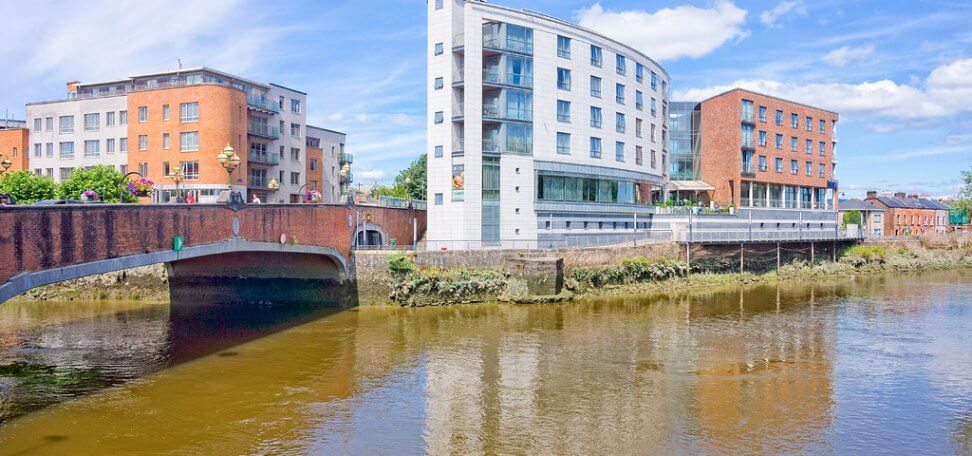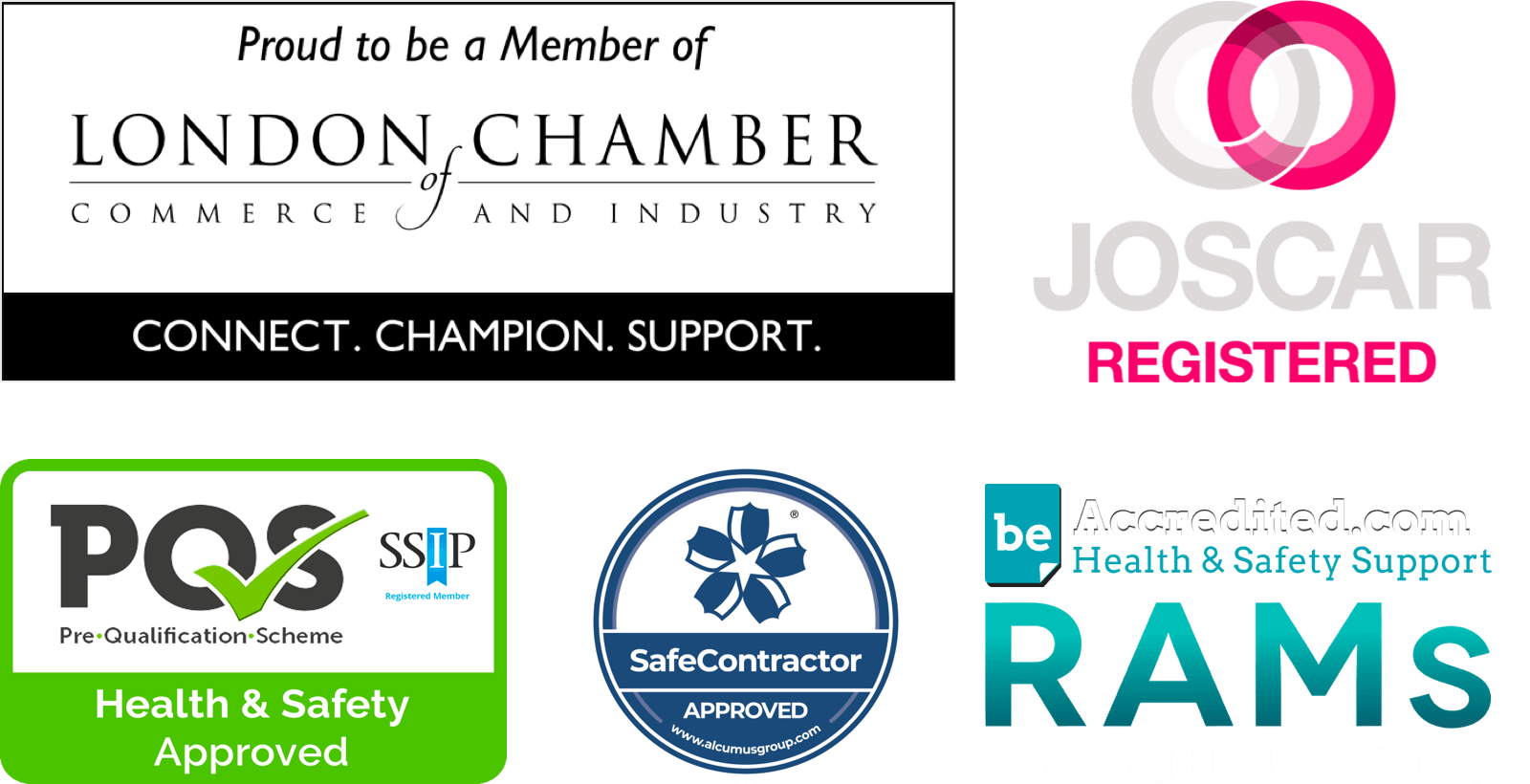
For modern hotels and resorts, wireless connectivity is an increasingly critical part of day-to-day operations. Far from a simple guest amenity, wireless enables a range of helpful and vital back-of-house operations. Employee communications often rely on wireless connectivity, and guests can use a wireless connection to conduct business with the hotel, like checking in and out and paying for their stay. Modern guests also increasingly see reliable wireless access as not just a convenience but an absolute necessity when they stay at a hotel or a resort.
For many hotels, though, Wi-Fi access is much more complicated than it is for smaller businesses. Weak wireless connectivity plagues many hotels and resorts. In all but the most remote areas, wireless coverage from cellular towers is ample. But many issues can weaken or entirely block the towers’ signals. In areas were something interrupts or interferes with cellular signals, mobile devices can struggle to maintain wireless connections or complete calls. These “dead zones” reduce the effectiveness of devices, sometimes severely.
Factors can contribute to poor cellular connectivity
Many factors can contribute to poor cellular connectivity. Materials commonly found in the physical structure of a hotel (including stone, steel, brick, and wood) can block cell signals. Even cutting-edge building materials (like energy-efficient windows) can degrade wireless connectivity. A hotel’s connectivity may be negatively impacted by environmental factors outside its walls, including mountains, hills, trees, and the distance to the nearest cell phone towers.
Dead zones — and even just areas of weak connectivity — can frustrate guests and hotel staff and impede regular operations. Guests won’t appreciate unreliable or absent connectivity, and a hotel’s ability to provide customer service as intended can be reduced. Staff members may be unable to communicate with each other from certain areas of the property. The good news is, there are steps that hotels and resorts can take to fix poor cellular connectivity.
The most popular and effective solutions for improving indoor cellular signals are distributed antenna systems. These can be divided into active and passive systems, both of which amplify cell signals from outside a building and re-broadcast them into the interior. Here’s how they work:
Active Distributed Antenna Systems
Active systems are the most powerful connectivity enhancement solution available for large indoor spaces. Active DAS is preferred in facilities like airports, sports venues, and conference centers. The downside of an active system is that it requires extensive infrastructure throughout the facility. The installation process can be complex, invasive, and expensive.
An active DAS relies on dedicated fiber optic cables throughout the facility; installing these usually requires opening up walls and other invasive installation procedures. Active DAS takes time to set up because it needs wireless carrier approval. The approval process can take up to 18 months, making speedy installation practically impossible. An active distributed antenna system is also expensive.
Passive Distributed Antenna Systems
In a passive distributed antenna system, antennas capture external cell signals and amplify them (up to 32 times) inside a structure. This is a popular connectivity solution for smaller properties, including retail outlets, restaurants, schools, and hotels and resorts.
This means a passive system can be installed quickly, in just weeks or, for small buildings, just days. Most passive systems are “carrier-agnostic,” meaning they work equally well with all nationwide cellular companies and most regional carriers. Passive DAS is more affordable than an active system.
Ensuring strong mobile signal in your hotel is, with every passing day, more and more of a necessity rather than a luxury. Hotel and resort guests expect reliable connectivity, and your staff operations may also depend on it. Dead zones and areas of poor connectivity are a major hassle in this industry, but forward-thinking organizations can solve these problems.
With a basic understanding of your signal-boosting options and some research into the systems available in your area, you can get strong, reliable connectivity throughout your property. The results are smoother hotel operations — and happier guests.





